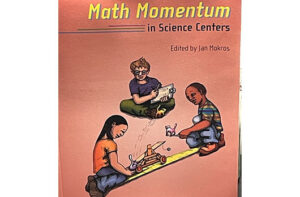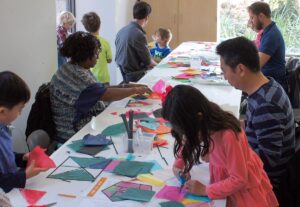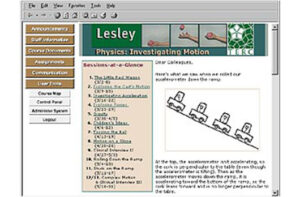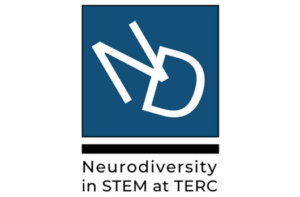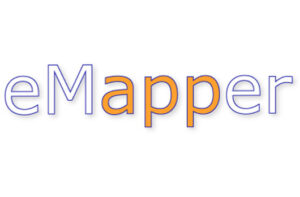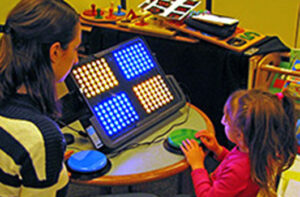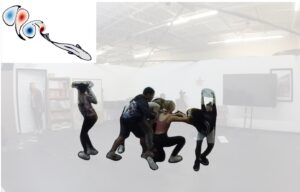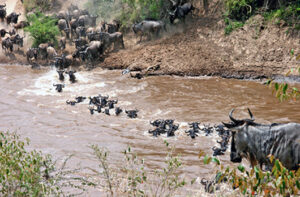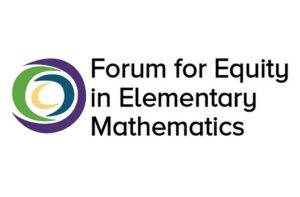Some Lessons From Elementary School Teachers’ Experiences of 3-D Science in the Time of COVID
Roger G. Tobin, Sara J. Lacy, Sally Crissman
Some Lessons From Elementary School Teachers’ Experiences of 3-D Science in the Time of COVID. AERA Open January-December 2021, Vol. 7, No. 1, pp. 1–12 DOI:htps:/doi.org/10.1177/23328584211065714
In spring 2020, COVID-19 seismically shifted the education landscape as schooling moved online. We report a small-scale mixed-methods study of how that upheaval affected three-dimensional science learning in elementary school classrooms, and how the situation changed when school resumed, in modified form, in fall 2020. Teachers with experience in 3-D science instruction completed two surveys, in summer and winter 2020, and a subgroup of the summer respondents participated in semistructured interviews. After a near-total collapse of science instruction in the spring, the fall brought a partial return to normalcy, but the prevalence of practices such as hands-on investigations, small-group discussions, and all-class meaning-making was still only about half what it had been before the crisis. Based on the survey data and teachers’ comments, we offer suggestions for a future in which aspects of online learning may be a permanent part of the educational environment.

Related People:
Sara Lacy and Sally Crissman

